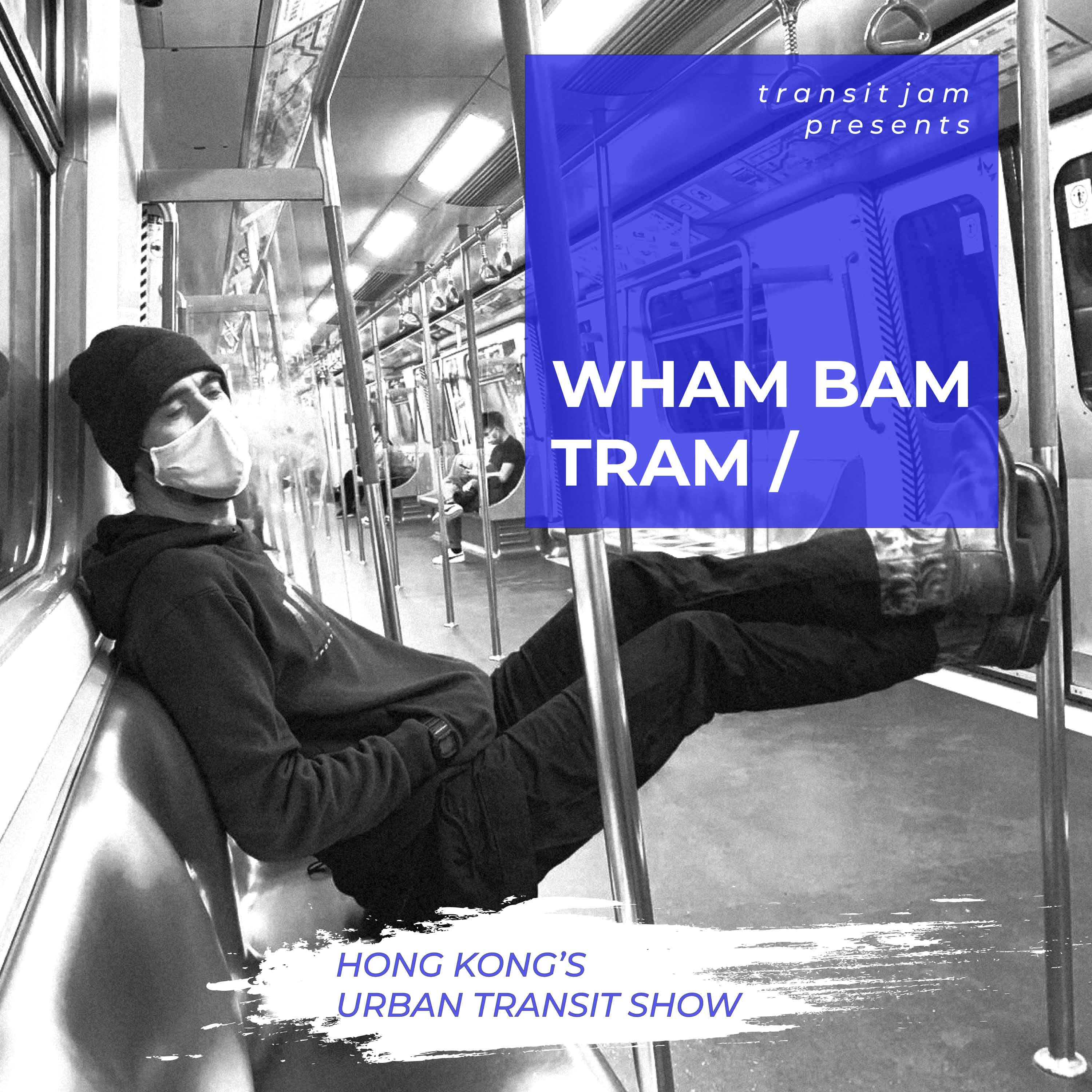Just 93 out of 24,283 goods vehicles registered in Hong Kong between 2018 and 2020 were electric, government figures show, despite $1.1 billion in subsidies offered by the government for new electric vans or trucks.
Transport minister Frank Chan Fan today told LegCo that 2020 saw just 35 electric trucks registered, against 5,392 traditional vans or trucks. The figures were 42 out of 8,991 in 2019, and 16 out of 9,865 in 2018.
The numbers are low considering the government will essentially pay businesses half the cost of a new electric vehicle. The government’s New Energy Transport Fund (NETF), formerly the Pilot Green Transport Fund, has delivered 273 light vans since its inception in 2011.
According to Chan’s figures today, electric cars are faring better than vans in Hong Kong, with around 6% of the 117,632 new cars added in those three years running on electric power.
Chan would not give figures for government vehicles, but did share numbers from various government-related organisations: 3.4% of Hong Kong Post’s vehicles are electric, as are 0.9% of MTR’s.
Urban Renewal Authority and Hong Kong Housing Society have no electric vehicles in their fleets. The Airport Authority has a large share, 73%, although this includes its aircraft tractors, which are traditionally electric powered.
The NETF has seen dwindling activity, with earlier accusations of late or missing reports and problematic hybrid vehicles funded by the scheme. But recipients of van subsidies have by and large been happy with their choices. The latest trial report from the Environmental Protection Department, for Wing Ming (Car Rental) Company, shows its two new Joylong electric vans (EVs) operating at an average 0.76 $/km, against $2.07 for its diesel equivalents.
“The drivers of the EVs had no problem in operating the EVs, but felt that the antivibration system of the EVs might not be as good as the DVs. Wing Ming was satisfied with the performance of the two EVs, especially on the saving of operating cost,” says the report.
According to the NETF, the transport sector, including road and marine transport, was the largest air pollution source in 2019. It accounted for about 46% of the local fine suspended particulates and 52% of nitrogen oxides. “The sector is also responsible for about 18% of local greenhouse gas emissions. The exhaust emissions of motor vehicles are also the main cause of roadside air pollution,” it says.






